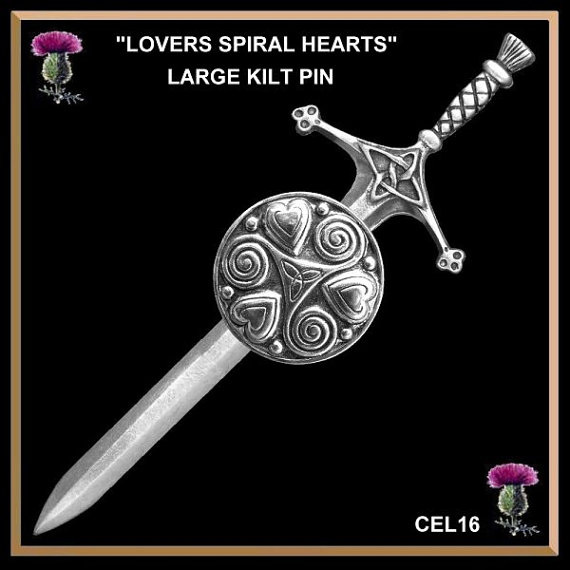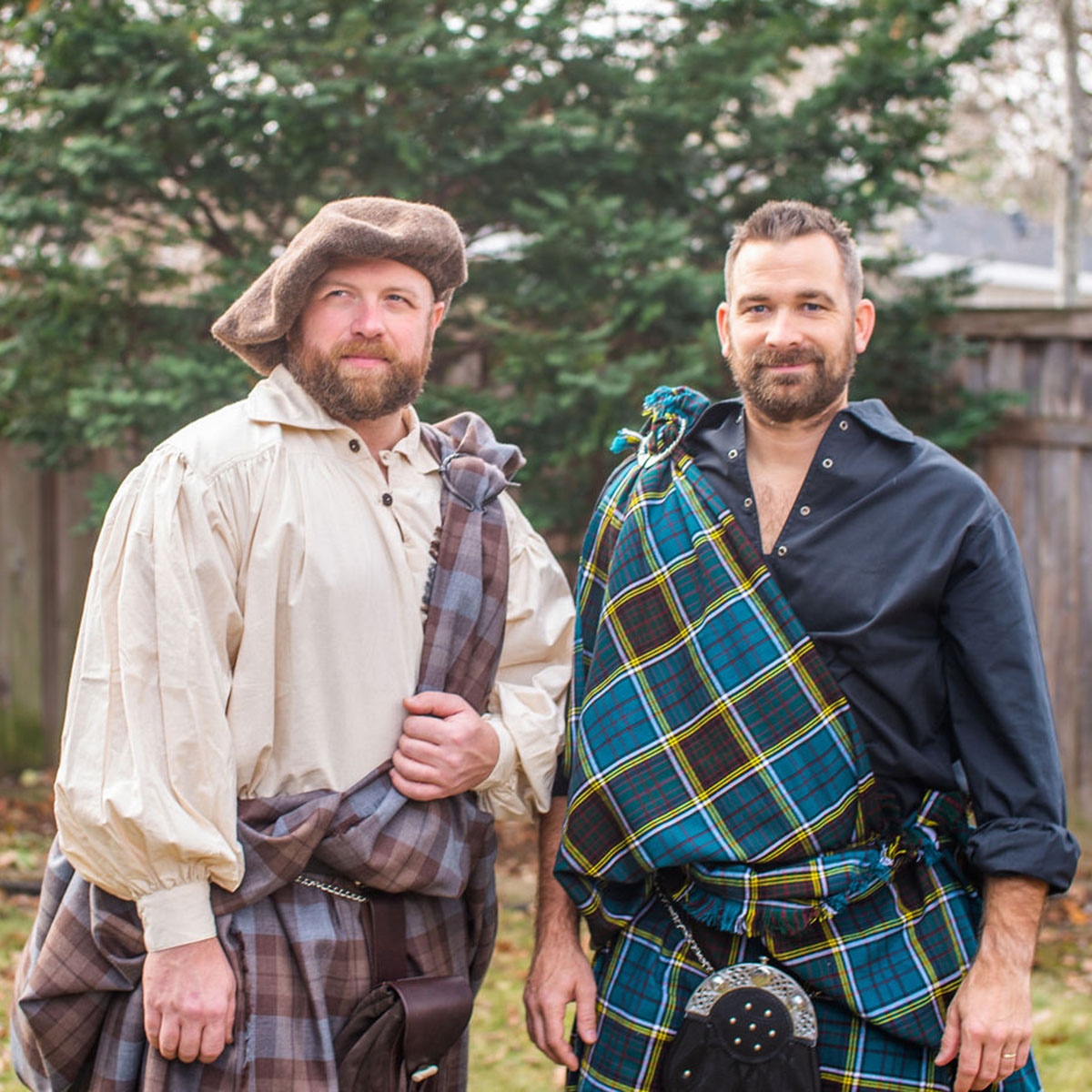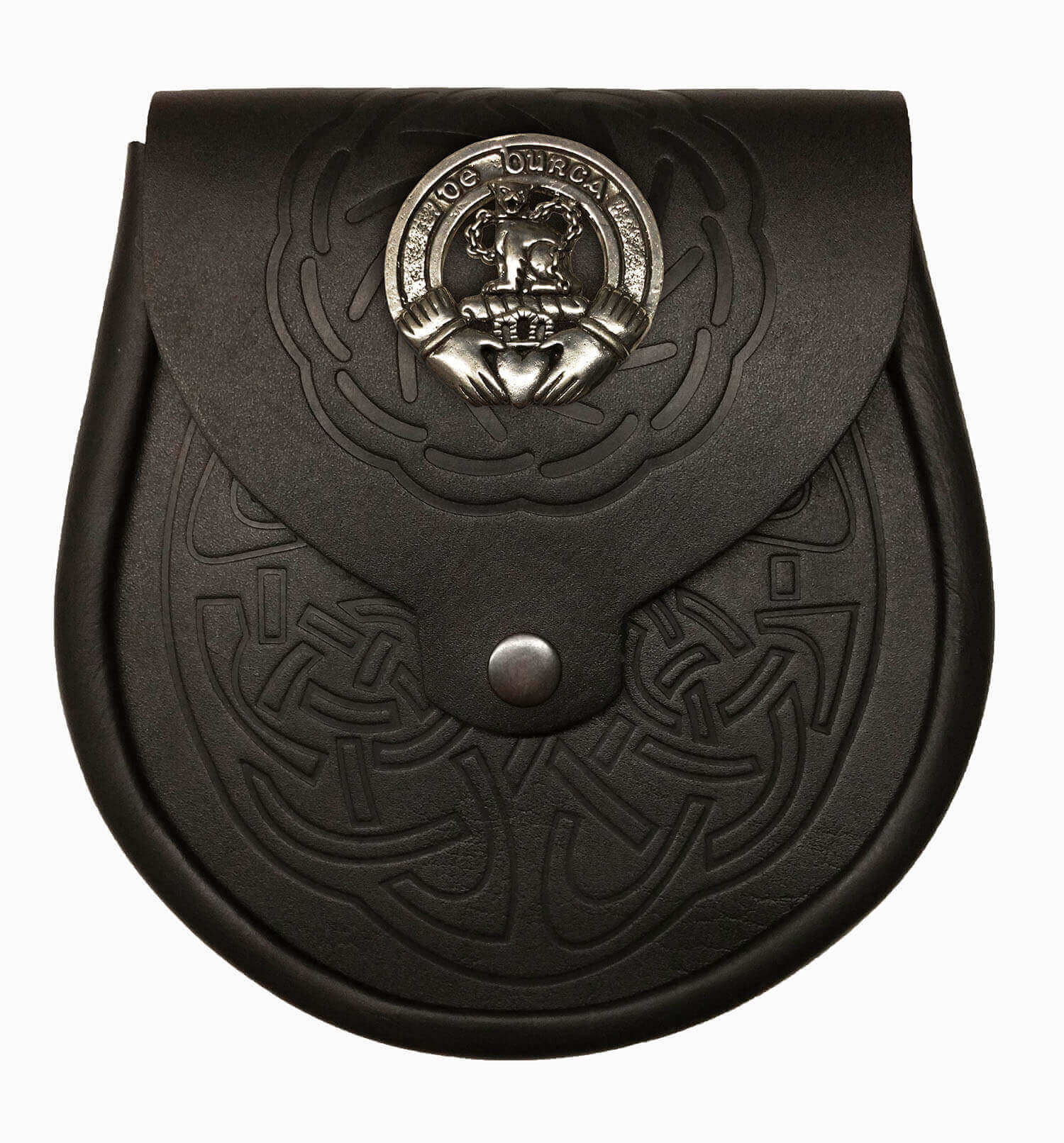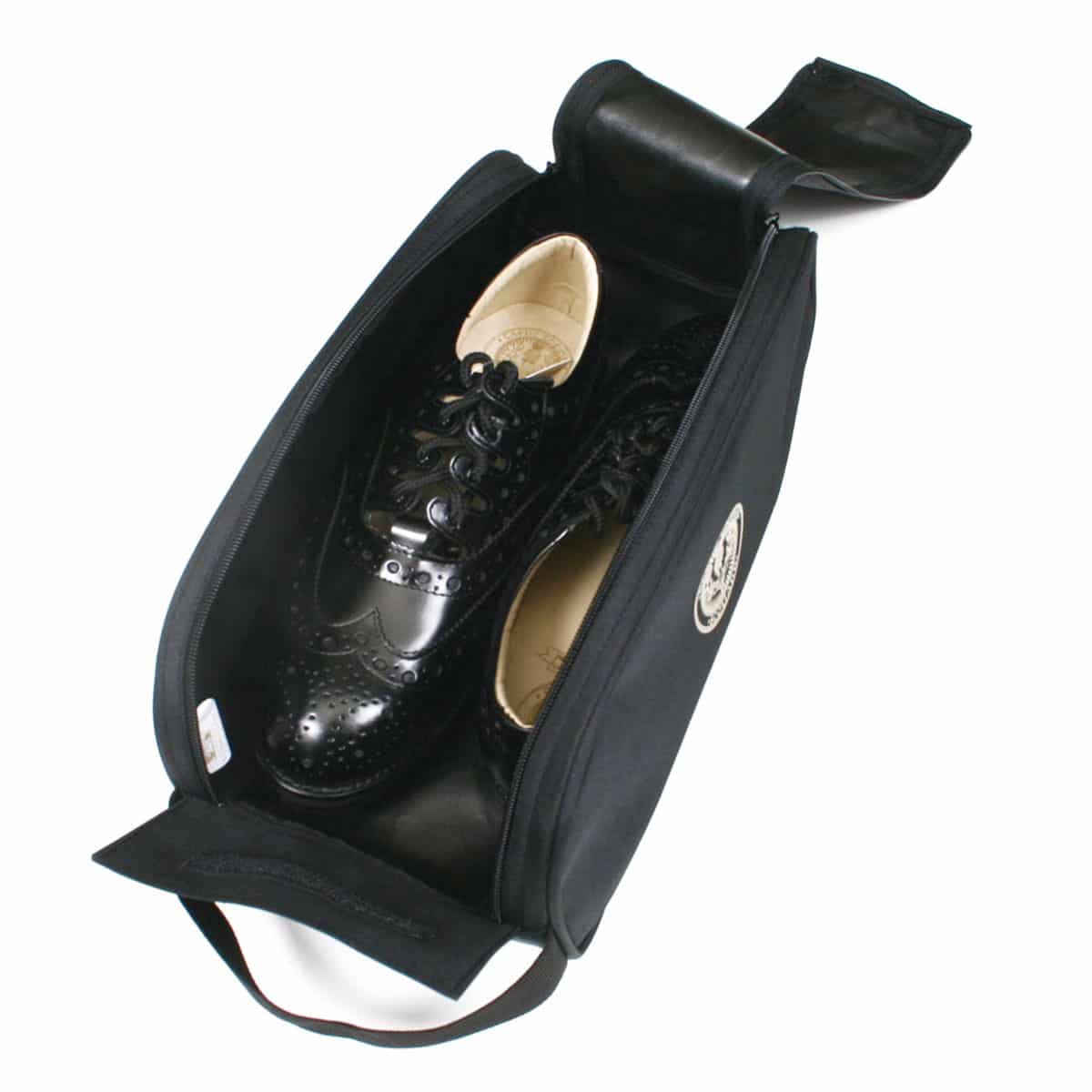Originally published December 2013.
Of Swords & Stones
I recently ran across a paper with an interesting theory. There are a number of stone monuments in Ireland which have grooves cut into them that have often been passed off as things like vandalism damage from farming implements like plows. Occasionally they are referred to as blade sharpening grooves. The grooves are usually straight and narrow and do not cross each other in the cases where there a multiple grooves.
The author admits that drawing the edge of a sword or blade in such a groove might serve to sharpen the point, but would also certainly dull the edge. He also points out the many of the stones have smooth polished areas adjacent to the groove which could be evidence of blade sharpening.
There are older sharpening grooves that archaeologists have found and believe are consistent with sharpening and smoothing stone axes. The puzzlement is that these later “blade grooves” sometimes appear on stone monuments, high crosses and occasionally on door jams of churches. Using such revered or sacred monuments as sharpening stones would not seem like an acceptable practice. But it seems possible that the practice may have had ritual connections and it may have been that these stones were believed to imbue the weapons with blessings, luck, strength or in the case below, edges that would never dull.
In 12th century text Acallam na Senorach it explains how a rock was named:
“Why is this mighty stone here on the lawn called the ‘Rock of the Weapons’?”
“This is the rock” said Cailte, “on which the Fian used to sharpend their weapons each year on the day of Samain and the edges they put on them did not dull in battle, in skirmish or in fighting.“
The original article can be downloaded in PDF format.




